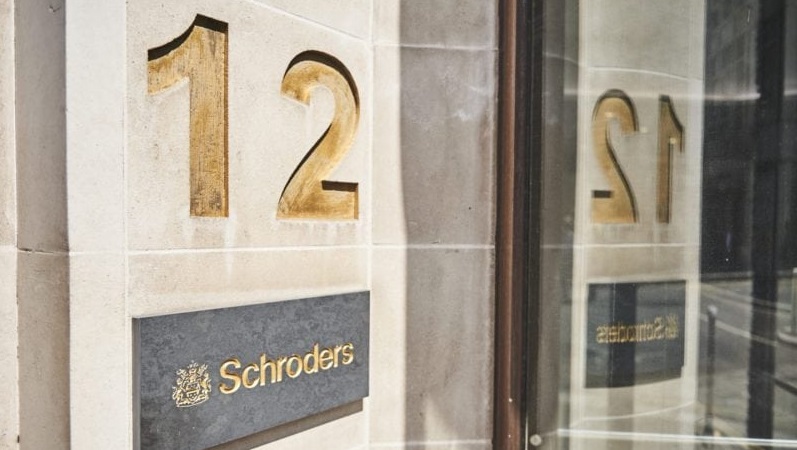Schroders is expected to irk Woodford Patient Capital shareholders with its hedge fund-type fee structure even as its takeover of the investment trust draws a line in the sand over the painful saga for the closed-ended fund.
The board confirmed on Thursday morning that Schroders would take over from Neil Woodford by the end of the year. It will become the Schroder UK Public Private Trust plc.
The trust rallied 30% in morning trading and investment trust analysts at Stifel upgraded it to a buy rating. “This remains a high-risk investment, but we believe there is currently a trading opportunity here,” it said.
An agreement on new banking facilities, deleveraging the fund in line with the board’s target of 10% of NAV, and sales of unquoted investments at reasonable valuations could buoy the share price over the coming months, it added.
Schroders head of European private equity Tim Creed and head of data insights and research innovation Ben Wicks are slated to run the £574.5m trust. The pair will be supported by Schroders head of sustainable research Andrew Howard, healthcare specialist Erwin Boos and Schroders Adveq, the asset manager’s private equity team.
The Schroder Adveq team this month launched a buyout fund for investors with as little as £50,000, much smaller than the normal assets required to access private equity.
Irksome charging structure
The introduction of a new fee arrangement could prove controversial, commentators say.
Schroders will not charge a management fee for three months but then will charge 1% per year on the first £600m of assets, coming down to 0.8% on assets above this level. From 31 December 2022, it will then claim a 15% performance fee on returns above NAV of 77p. After this it will also charge 15% for 10% of NAV growth in a year.
Woodford famously did not charge an annual management fee on the trust. Investors paid ongoing charges of 23bps and would have been required to pay a 15% performance fee had Woodford delivered NAV growth of 10% in a year, a feat he never achieved.
Stifel raised concerns about the alignment of an annual performance fee when the natural lifecycle of the investments is three to five years.
AJ Bell CIO Kevin Doran said: “The payment of a management and performance fee more akin to a hedge fund may irk anyone initially attracted to the trust by the original charging structure, but for the rest, the opportunity to draw a line under the Woodford situation and move on will be, no doubt welcome.”
Chelsea Financial Services managing director Darius McDermott said Schroders could have cut “beleaguered shareholders” a break by not charging a performance fee, but added the management fee was fair. But he said the performance fee at least used a high watermark.
Debt, follow-on funding and overhang remain problems
Schroders is at a disadvantage being unfamiliar with the unquoted names that now largely comprise the trust, said analysts from JP Morgan Cazenove.
“Details are sketchy, but we would like to see the introduction of a liquidation option if the portfolio does not recover and/or the discount remains wide,” analysts said.
JP Morgan Cazenove said they would have preferred WPCT to liquidate over time, stating the appointment of Schroders does not “exorcise the company’s immediate problem of paying down its debt, funding these early stage companies, and the fact that Link will be in the market looking for buyers of the unquoteds held by WEIF, most of which are also held by WPCT”.
Doran said the process of realignment during which Schroders decides which assets to keep and dispose of would be long and incur transaction costs for investors.
Patient Capital brand tainted
McDermott said he was not surprised by the “tainted” Patient Capital brand had been ditched.
“’Public Private’ at least does what it says on the tin to use an old cliché.”
Schroders’ specialisms in healthcare, private equity and investment trusts made it a good fit for the trust, he said. “It’s nice for customers to have a good outcome for once.”







